DIY Essentials: The Best DIY Audio Kits for Every Level
Do-it-yourself kits are becoming more and more common in the audio community, especially among the more ambitious—and more thrifty—among us. With a bit of time and focus, you can wind up with professional-grade audio equipment worth much more than the literal sum of its parts.
There is a very wide range of kits available, covering all your studio essentials from basic designs like re-amp boxes and DIs to complex compressors and summing boxes. Here are a few of the best options, whether you’re getting started in DIY, or adding to a growing collection.
The Basics: DIYRE Beginner’s Bundle
Every DIY’er has to start somewhere. Fortunately, DIYRE has bundled three of their entry-level projects together for a great introduction—and a very useful set of tools.
The bundle includes full kits for a passive reamp box, a line level attenuator and a passive summing mixer. All three boxes are built from durable aluminum, and are exceptionally handy to have around the studio.
If you’re interested in getting into DIY audio but don’t have too much experience with a soldering iron, this is a great place to start.
[The full bundle runs for $125.]
Microphones: Austin Microphones True Blumlein Microphone Kit
Austin Microphones specializes in DIY ribbon mic kits. Quality ribbon mics are a boon for many a studio situation and the Austin kits boast powder-coated brass bodies, hand-selected components, and a variety of transformer options, including Lundahl and Cinemag, to choose from.
The option that stood out the most to me however is their stereo “True Blumlein” kit, a center-point, fixed angle offering. I contacted owner Rick Wilkinson, who gave some insight to this rather unique design:
“When mic elements are stacked on top of each other and wired to a single connector at the bottom, the wiring from the top element must run past the bottom element. This proved difficult to ‘DIY’ gracefully. It also introduced some crosstalk as the signal ran past the bottom element and its strong magnets. Having both output transformers right next to each other in the bottom of the mic has some potential for crosstalk too.
“Putting connectors and transformers on each end solves these problems elegantly, while allowing the elements to be separated by less than an inch, for a true coincident pickup. It’s two separate, mono mics head-to-head, but closer together and fixed in position, so you don’t have to reset the position every time you move it.”
An additional bonus to Rick’s design is the elimination of the need for a special Y-cable; you simply plug a standard XLR cable in each end of the microphone and you’re off the the races.
[Ranges $399-$555. Alternate Option: Any of the kits from Microphone-Parts.com]
Preamps: Seventh Circle Audio Preamp Collection
Seventh Circle Audio from Oakland, CA provides both kits and fully-assembled preamps and compressors.
Seventh Circle offer seven varieties of preamp, designed to fit in their proprietary 8- or 1-space chassis. Their designs are patterned after classic preamps like the Neve 1073 and API 512, with some models suitable for beginning builders and others best left for those with more experience.
The Seventh Circle kits are more of an investment as you need to purchase both the power supply/chassis and the faceplate for each unit, but these are solidly-designed rolled steel units with high voltage rails to power as many units as you can put in them.
It should be noted that Seventh Circle units are not 500 Series compatible.
[Each module ranges from a low of $79 to a high of $479. Alternate Option: JLM Audio BA500]
EQ: Don Classics 250
Based on the legendary GML 8200 equalizer, the Don Classics 250 is a mono, 2-slot 500-series unit boasting all the transparency and surgical precision of its inspiration.
The front panel shares that same inspiration as well: Five bands of fully-parametric EQ with familiarly colored knobs set the tone on a nicely-painted and silkscreened front panel.
Of all the kits here, this is probably the most complex build, and with the loftiest goal as well. The original GML 8200 is revered as a super-clean and flexible EQ, useful in both mixing and mastering applications.
It should be noted however, that unlike the others listed here, the 250 is not a complete kit. You’ll have to make one additional order for parts, but this is very easily done.
There is a BOM (Bill Of Materials) link on the order page. Simply click it and it will fill a cart at Mouser.com with all the necessary components, all you have to do is check out. It’s a minor inconvenience, but is made as painless a possible.
[The EQ 250 kit is priced in pounds sterling, but ranges roughly $215-$230 in USD. Alternate Option: Sound Skulptor EQ573]
Compressors: Hairball Audio FET/500 Series
Seattle’s Hairball Audio is dedicated to building gear made from quality components with “sonic impact.”
They offer a range of pre-made mic pres and compressors that keep with this ethos, but are also involved in the DIY community with full kits available.
Among these kits are a line of 500 series FET compressors, based on the classic Universal Audio 1176.
Hairball offers three different versions of the compressor, modeling three revisions of its famous inspiration: A (Bluestripe), D (Blackface) and F (Silverface).
Great attention was paid to the differences in the original units, and adds an additional 2:1 Ratio to their design. These kits are recommended for intermediate builders, and are a great, affordable way to add some high quality FET compressors to your collection.
[The FET 500 kit starts at $425. Alternate Option: JLM Audio LA500A]
Saturation: DIYRE Colour Palette mkII
I’ve been singing the praises of DIYRE’s Colour format for quite some time now—and with good reason. These are easy-to-build kits that sound great and provide an ever-expanding selection of Colour circuits.
The heart of the kit is the Colour “Palette”—a single-space 500-Series unit that houses up to three “Colours” which can be individually bypassed or engaged, making it something of “lunchbox within a lunchbox”.
Originating as various saturation circuits like tape emulation and JFET transistors, Colour selections have continuously expanded to include other unique options like a Tascam Portastudio circuit, compressors and even delays.
DIYRE has also partnered with companies including Louder Than Liftoff and Tonecraft Audio to bring custom versions of their designs to the table. And, since Colour is an open format, third party developers and DIY enthusiasts are encouraged to design their own circuits. (In fact, each Colour palette is shipped with a blank PCB for just this purpose!)
Finally, if that wasn’t enough, DIYRE recently introduced a major upgrade to the Palette, you are no longer limited to simply engaging each slot, there are now individual (stepped!) drive controls for each socket, a great upgrade from the single the global drive control of previous versions.
[The Colour Palette kit starts at $149. Alternate Option: General Guitar Gadgets Pedals]
Design Your Own: Solid State Logic Beta
There was a ton of buzz at last Fall’s AES conference about SSL’s first foray into the DIY world. Their new Beta is essentially a blank canvas: A 500-Series module with SSL knobs and buttons on a cool translucent blue faceplate. And that’s it. Inside is a blank PCB awaiting the builder’s imagination, with all of the expensive and boring parts already taken care of.
The controls on the front panel can be utilized for whatever function you desire, but it should be noted that while the outside says “SSL”, there are no SSL parts in the actual audio path. At the time of this writing, I had difficulty finding circuit designs for the Beta. If you wade into these waters you’ll be on your own for designs, but the potential of a community or forum where builders share their creations and schematics is very intriguing.
[The SSL Beta 500 is availabel direct from SSL for $165. Alternate Option: Hairball Audio DIY-990 Op Amp Kit]
A great byproduct of DIY culture is that it allows creative designers in smaller operations to compete in the same marketplace as larger companies since they can avoid the larger overhead of the manufacturing process.
This evened playing field allows for more experimentation in design and therefore more experimentation in the studio. Do-it-yourself audio is definitely nothing new, but with the resources of the internet and a growing community it is thriving more than ever.
Please note: When you buy products through links on this page, we may earn an affiliate commission.







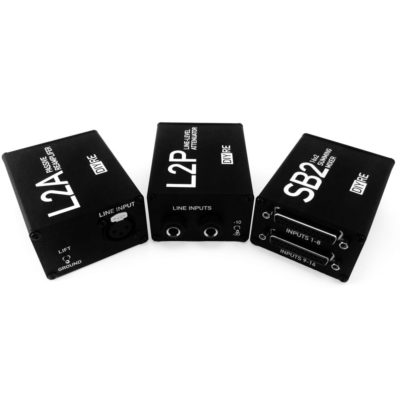
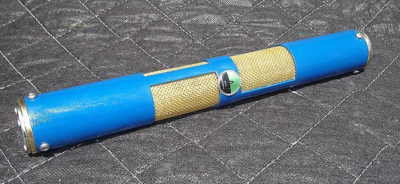

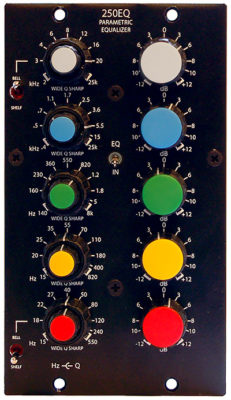
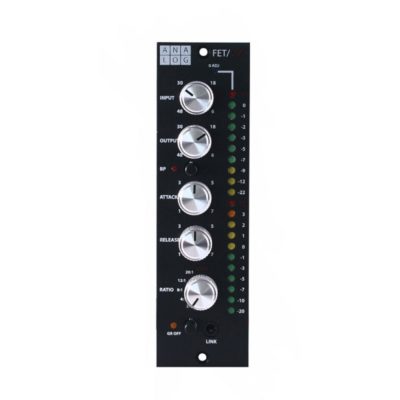
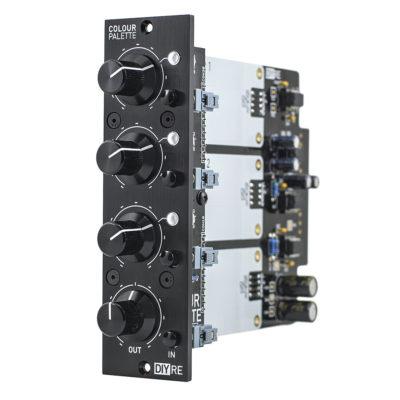
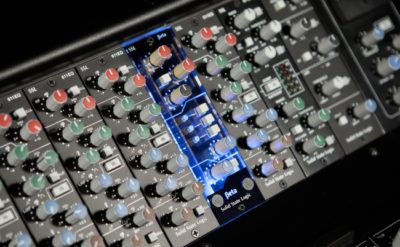
Andreas
July 28, 2016 at 3:54 pm (9 years ago)missing paia electronics, http://www.paia.com